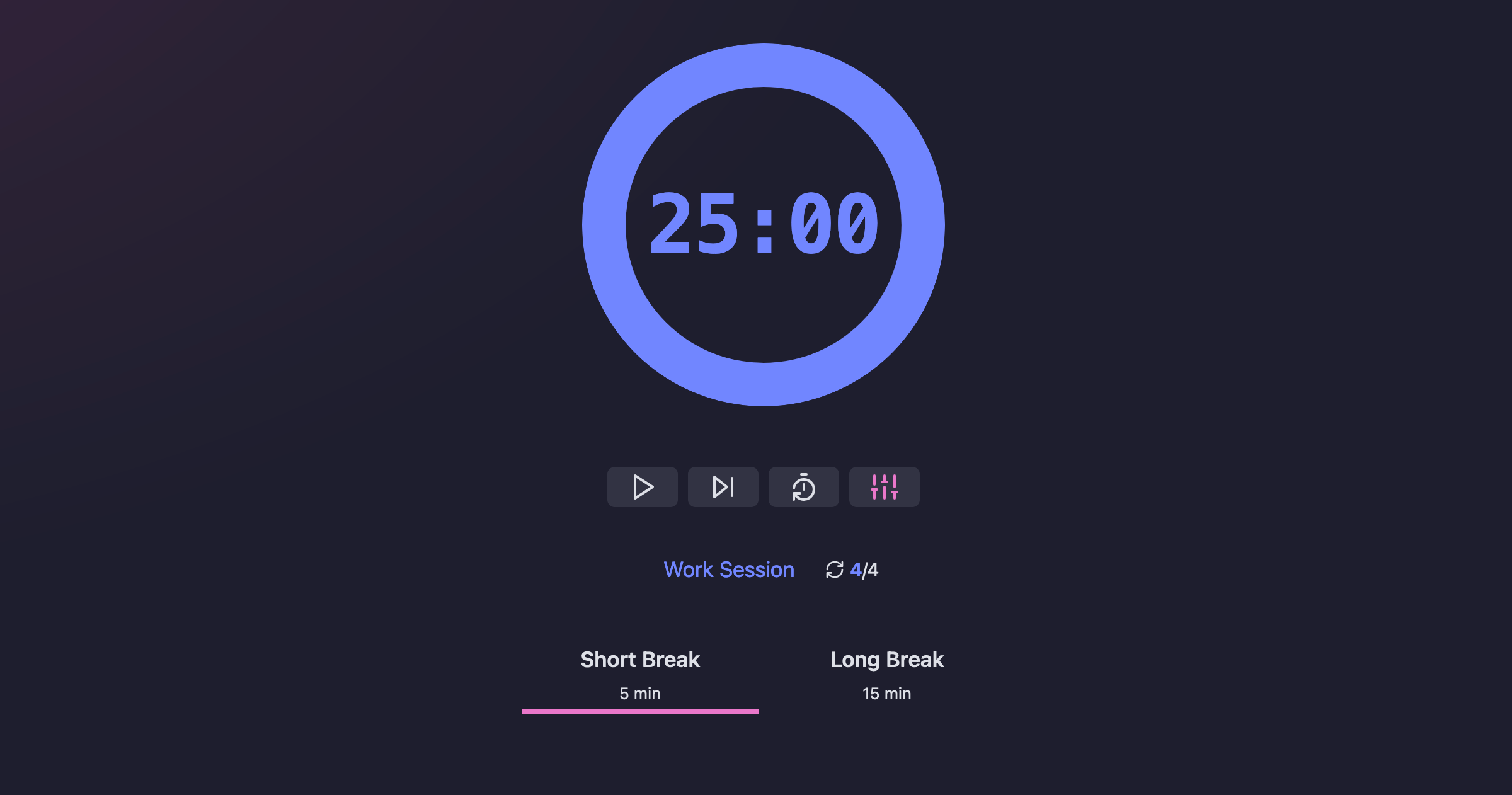In today’s fast-paced, digital world There are distractions at every corner It’s becoming more difficult than ever. The ability to master time isn’t just an art, but an extraordinary ability. The perfect timer is your secret weapon regardless of whether you’re engaged in an academic session, working remotely or on a personal project. Take a look at the Pomodoro timer. It’s more than just a basic timer, it’s an extremely productive tool that can help you focus and work more efficiently and get more done while feeling less anxious.

The Power of the Pomodoro Technique
The Pomodoro Timer isn’t simply a clock. It’s a behavior instrument based on scientific principles. Francesco Cirillo developed the “Pomodoros” technique in the 80s. This technique breaks down the work into 25-minute intervals referred to as “Pomodoros” that are then short rests. This structure mimics the natural rhythm of the brain and lets us remain focused without feeling fatigued.
Every session is a race. By knowing a break is just minutes away, it is much easier to keep your eyes off distractions like social media or endless scrolling. When the alarm goes off it serves as a reminder not to pause only for a moment, but also to acknowledge your achievement.
Make sure your feet are firmly in the present by using Countdown Timers
Although a Pomodoro timer can provide structure to deep work and a countdown timer provides the sense of urgency. When you see a clearly visible clock counting down to the minute, it creates a mental effect that’s known as “temporal scarcity.” The time suddenly is more valuable. A countdown in the background can make you more conscious of your time, whether you’re working on an upcoming presentation or studying to take an exam.
Timers online are usually equipped with this feature which lets you set the exact duration you require. Digital timers store your preferences, cycles, and even breaks length which makes them more flexible and personal than traditional kitchen timers.
Stopwatch Timers: They Count More than Time!
Stopwatch timers fall in the category of managing time. Instead of counting down, it will count up and tracks how long a task takes. Anyone looking to improve their time estimates, track the billable hours or task patterns can profit from this tool.
A stopwatch timer is employed by creative professionals developers, or entrepreneurs to measure the length of time they need to complete a project, for example, writing an article or editing the video. If you practice, you’ll be capable of planning your schedule with greater precision and focus.
Smart Online Timers The Rise of the Smart Online Timer
Today’s online timer tools are not just clocks on a screen. Smart systems that run on browsers remember your settings when you close a tab. They provide seamless user experience that include features like auto-advancement between breaks and work, customizable cycle count, sound notifications, and even visual progress rings.
You can even turn on the “Keep Screen On” mode to ensure that your device doesn’t shut down mid-session. Incorporate keyboard shortcuts, such as Space to play/pause, R to reset, and S to skip phases You’ll have a streamlined workflow without ever touching your mouse.
Reflection, planning, and adapting: The Human Touch
Timers have only a small impact. When we plan around them it’s the actual change that happens. To make the most of every Pomodoro it’s helpful to break up large goals into smaller and more achievable goals. After a number of cycles, have a longer time to rest to allow your brain to recharge. You can do this through a walk or contemplating a topic or perhaps enjoying an enjoyable snack.
At the end of the day, reminiscing about your activities, the number of Pomodoros you completed, where distractions were present, and what could be improved turns a simple tool into a growth strategy.
Conclusion
Pomodoro isn’t just an effective productivity tool, it’s also a shift in mindset. It encourages you to focus on your work to take breaks with a sense of mindfulness and build a better relationship with time. By dividing tasks into measurable intervals, it helps to turn an overwhelming list of to-dos into easily manageable steps. Finding rhythm, being present and finishing the day with a sense progress is more important than simply checking off items.